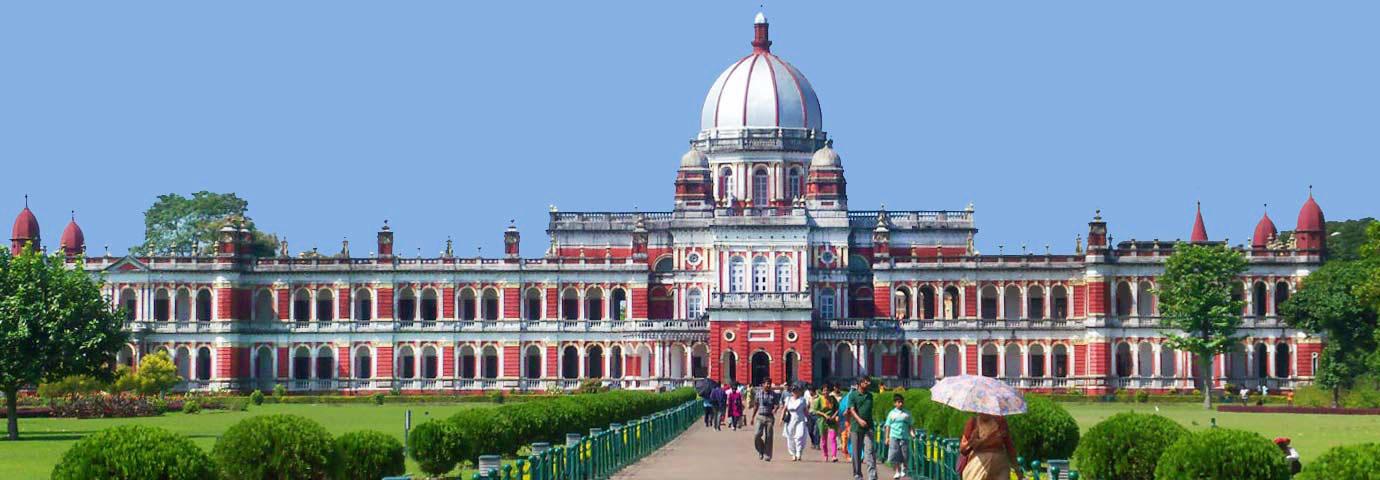
| Opening Time | All days of the week from 10:00 AM to 5:00PM |
| Entry Fees |
Rs. 10 |
| Location | Coooch Behar, West Bengal |
| Best Time to visit | Between the months of October and March |
Majorly known for its leftovers of royal heritage, Cooch Behar is one of the important destinations to visit in the Indian state of West Bengal. The most important place of interest in Cooch Behar is the Cooch Behar Palace which boasts of remarkable architecture similar to that of Buckingham Palace in London in 1887A.D.
The Palace is sumptuously designed with graceful interiors and exteriors that are worth adoring. A segment of the palace is now transformed into a museum that showcases several galleries exhibiting the royal antiques such as beautiful paintings, chandeliers and photographs of ancient era.
The Palace is also popular as Victor Jubilee Palace and is now protected by Archeological Survey of India. In fact, it is a must visit place for history buffs and those who want to go back to the royal ancient era.
Cooch Behar Palace in Cooch Behar was originally designed by Koch King Maharaja Nripendra Narayan. Now the palace property is owned by ‘The Mantris’. One can say the majestic building is a masterpiece of brilliant architecture exhibiting the rich display of regal era.
The grand building is put-up in Classical Western styles and is a double storied structure that acquires an area up to 51309 square feet. The imposing structure is 395 feet in length and 296 feet in breadth. Inside the palace there are several notable halls and rooms such as bed room, drawing room, dressing room, dining section, library, ladies gallery, billiard hall, Toshakhana and Vestibules.
The ground floor of the palace is decorated with curved verandahs and the first floor has alternate piers setting. There is a Durbar hall that has entrance through an extended verandah. The Durbar hall has a metal dome and is capped by a cylindrical louver depicting Italian Renaissance style of construction. The inner curves of the dome comprises of stepped patterns with Corinthian columns that maintain the base for cupola.
A section of the palace is now converted into a museum where one can witness the art objects of noble times. The museum has massive collection of oil paintings, chandeliers, terracotta figurines, antiques like clay models of cow with calf, arrows, sepia-tinted photographs and hoe and sandstone and laterite sculptures. There is also a tribal gallery that mainly depicts the everyday life of locals.
Subscribe Our Newsletter for get latest updates
Follow us: